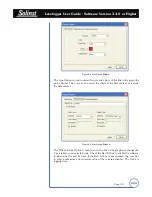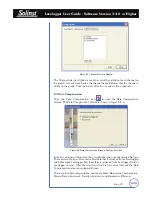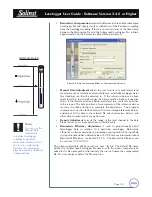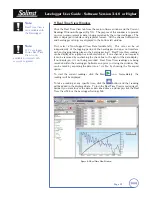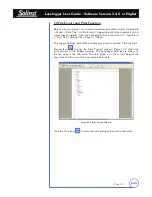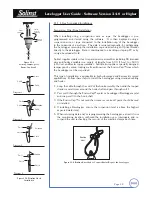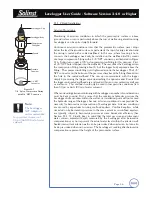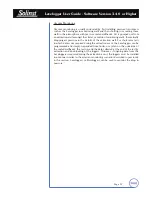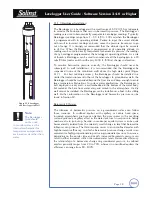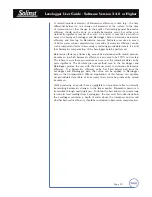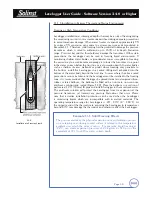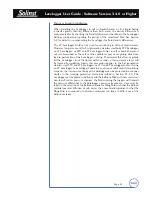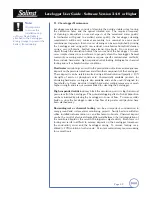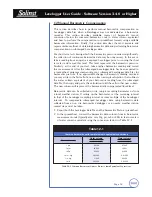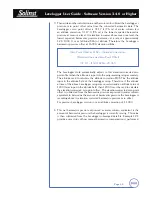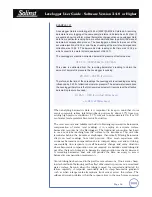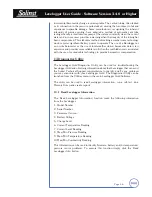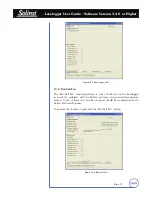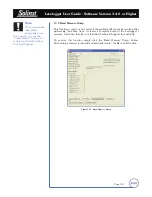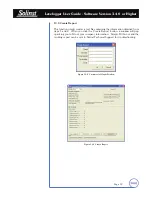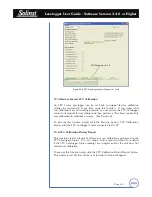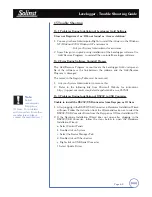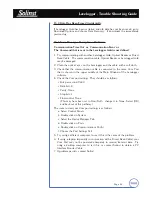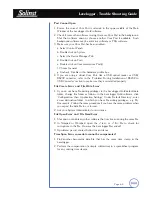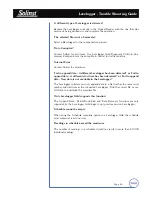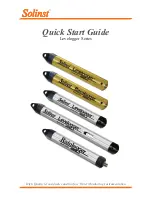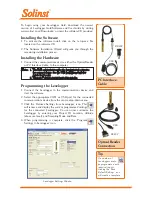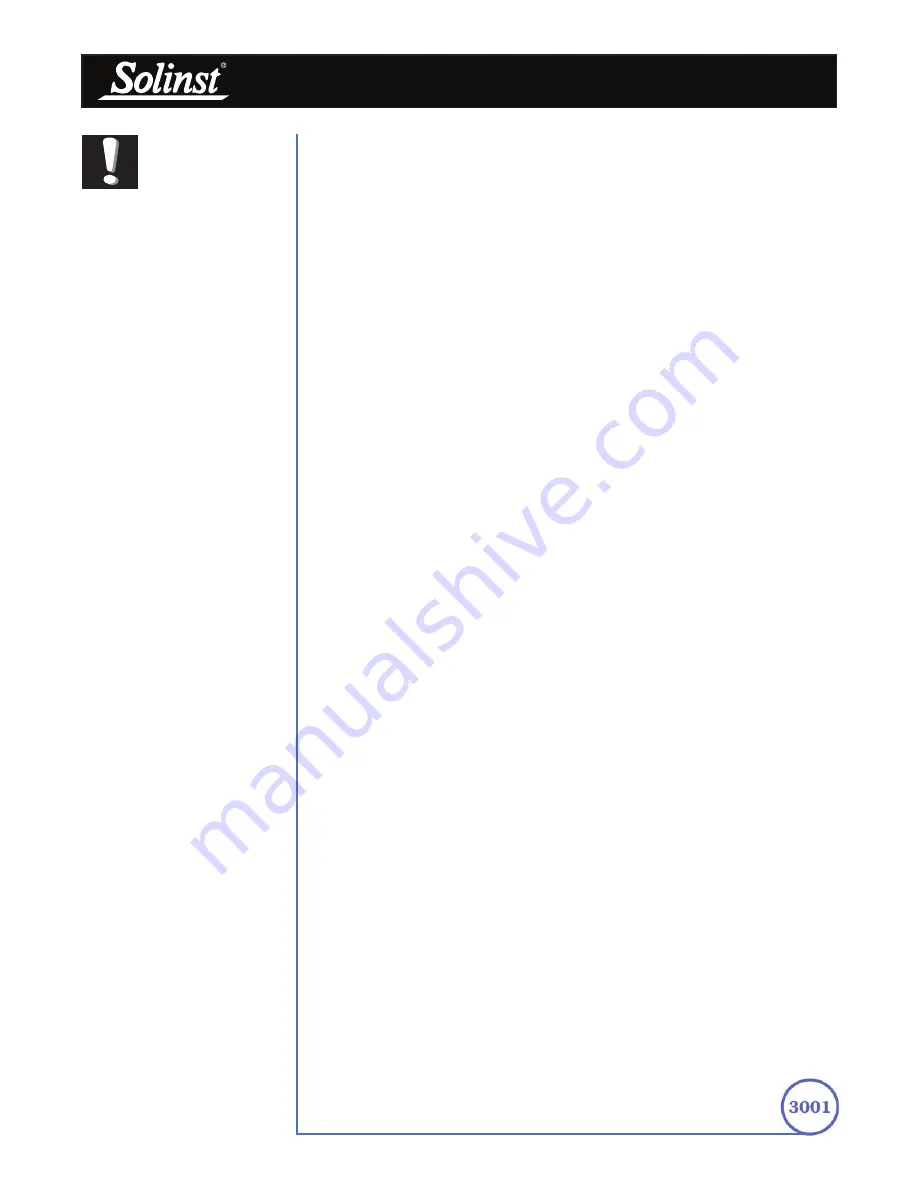
Levelogger User Guide - Software Version 3.4.0 or Higher
Page 52
11.2 Levelogger Maintenance
Levelogger maintenance consists of cleaning the outside stainless steel casing,
the circulation holes and the optical infrared eyes. The required frequency
of cleaning is dependent on several aspects of the monitored water quality.
In freshwater with good to excellent water quality, the Levelogger cleaning
requirements will be very minimal; amounting to a seasonal or even annual
maintenance inspection. In most cases cleaning can be accomplished by rinsing
the Levelogger and using mild, non-residual, non-abrasive household cleaners
using a very soft-plastic, bristled, pipe-cleaner type brush. Do not insert any
object through the circulation holes at the sensor end of the Levelogger. In some
cases simple cleaners are insufficient to properly clean the Levelogger. Several
commonly occurring water conditions require specific maintenance methods,
these include hard water, high suspended solids loading, biological or chemical
fouling and salt or brackish water conditions.
Hard water
monitoring can result in the precipitation of calcium and magnesium
deposits on the pressure transducer as well as other components of the Levelogger.
These deposits can be safely dissolved using a diluted solution (typically ≤ 10%
strength) of acetic or phosphoric acid. Commercially available products for
dissolving hard water scaling are also available and can be used if designed for
household use. Some industrial strength hard water scaling removers are much
higher strength and are not recommended for cleaning the Levelogger.
High suspended solids
load may block the circulation ports or clog the internal
pressure cell of the Levelogger. The potential clogging effect of solids deposition
can be minimized by placing the Levelogger in zones of flow. To remove solids
build up, rinse the Levelogger under a low flow of tap water until particles have
been washed away.
Bacteriological or chemical fouling
can be an important consideration in
many ground and surface water monitoring projects. Sessile bacteria will often
utilize installed instrumentation as an attachment substrate. Chemical deposit
can be the result of electrical charge differential between the instrumentation of
the monitored liquid or the result of biological or algal activity. Both forms of
fouling can result in difficult to remove deposits on the Levelogger transducer,
the conductivity wires and the Levelogger casing. To remove fouling use a
diluted (≤ 10%) solution of sulfuric acid. Persistent material may require soaking
for several hours.
Note:
It is important
to ensure the
installation cap
or Direct Read Cable is
attached to the Levelogger
during storage to prevent the
battery from draining.

